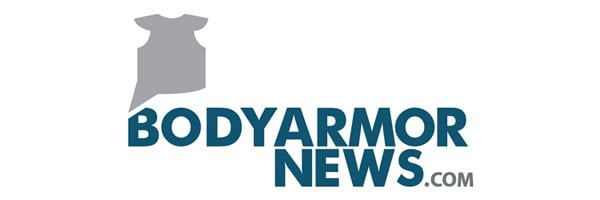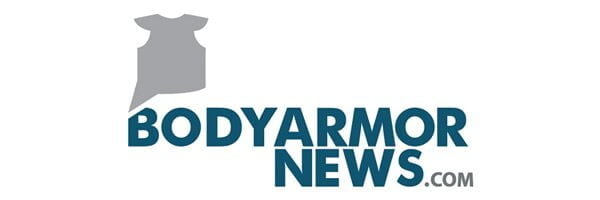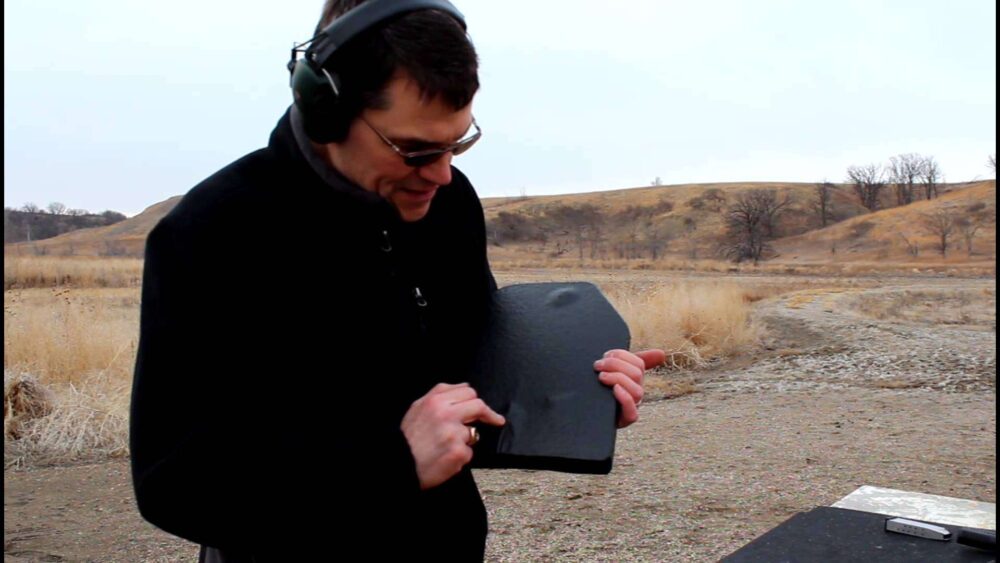NIJ Level 3 Plate Comparison Test
In order to provide protection against rifle threats in active shooter incidents and other high risk encounters, a large local LE agency is exploring a trial program of issuing Level III rifle plates; simple plate carriers for uniformed Patrol Officers to quickly don over their uniforms and concealed Level IIIa soft armor. Individual officers would also have the option of personally purchasing a plate system. Final Level III plate selection is likely to be based on a combination of cost, weight, durability, and most importantly the ability to successfully defeat several common threats, including: 5.56 mm 55 gr M193 FMJ, 62 gr M855 FMJ, and 45 gr LeMas Land Warfare JSP; 7.62 x 39 mm 123 gr M43 type FMJ and 124 gr M67/8M2 type FMJ, 7.62 x 51 mm 147 gr M80 FMJ, 12 ga Federal Cartridge 1 oz slug (LEF127 RS).
As part of the procurement process, we tested six different Level III plates, from five vendors: Armored Mobility Incorporated (AMI) TAC3S single curve, Diamond Back Tactical (DBT) LTC27400 single curve, DefenseTech (DT) Defend-X IM-LCP-LIII triple curve, MSA/Paraclete (MSA) DHP3-1012 (cat #10098941) triple curve, and two triple curve plates from Tencate–a LE SAPI hybrid plate (TenH) and a compressed Dyneema Level III plate (TenD) that is essentially identical to the previously tested AMI SAPI3 plate.
All Level III plates tested were 10 x 12 inches. Level III plate weights varied due to design and construction differences:
AMI: 7.5 lbs–3 mm steel over compressed Dyneema
DBT: 6 lbs–8 mm aluminum oxide backed by what appears to be resin reinforced Kevlar
DT: 4.5 lb–Dyneema composite
MSA: 6 lbs–Aluminum oxide backed by compressed Dyneema, Gold Flex, and closed cel foam
TenH: 4.25 lbs–Aluminum oxide backed by compressed Dyneema and closed cel foam
TenD: 3.25 lbs–Compressed Dyneema
The plates was inserted into a 1000 denier Cordura plate carrier over Level IIIa soft armor panel (Twaron backed by Dyneema) and secured against a life-size curvilinear torso replica made of Perma-Gel. All shots were made at a perpendicular angle to the plate, with no oblique hits. Three shots of each rifle ammunition type were fired, with the desired shot placement to be one shot into each corner of a equilateral triangle. In order to reduce the potential for AOA issues, the 5.56 mm and 7.62 x 51 mm shots were made at 25 yards using a 5.56 mm 20 barrel AR15 and a .308 26 barrel Remington 700. The available 7.62×39 mm and 12 ga weapon-ammo combinations proved to have insufficient accuracy to ensure accurate shot placement at 25 yards, so testing of these systems was conducted at 3 yards using a 16 barrel 7.62 x 39 mm AKMS and a 12 ga. 18 barrel Remington 870.
Level III plate test results
AMI: (vendor requested that one plate be used for all test shots)
3 shots M193 successfully stopped by the plate.
3 shots of M855 successfully stopped by the plate
3 shots of LeMas successfully stopped by the plate
3 shots of M43 successfully stopped by the plate
3 shots of M67 successfully stopped by the plate
3 shots of M80 successfully stopped by the plate
1 shot of 12 ga slug successfully stopped by the plate
DBT: (vendor only supplied one plate this was totally destroyed by the nine 5.56 mm shots, so no larger calibers could be tested)
3 shots M193 successfully stopped by the plate.
3 shots of M855 successfully stopped by the plate
3 shots of LeMas successfully stopped by the plate
DT: (one plate used for 5.56 mm shots, second plate used for larger calibers)
3 shots M193 successfully stopped by the plate.
3 shots of M855 fully perforated the plate–2 were stopped by the soft armor, 1 penetrated through the soft armor
3 shots of LeMas successfully stopped by the plate
3 shots of M43 successfully stopped by the plate
3 shots of M67 successfully stopped by the plate
3 shots of M80 successfully stopped by the plate
1 shot of 12 ga slug successfully stopped by the plate
MSA: (one plate used for 5.56 mm shots, second plate used for larger calibers)
3 shots M193 successfully stopped by the plate.
3 shots of M855 successfully stopped by the plate
3 shots of LeMas successfully stopped by the plate
3 shots of M43 successfully stopped by the plate
3 shots of M67 successfully stopped by the plate
3 shots of M80 successfully stopped by the plate
1 shot of 12 ga slug successfully stopped by the plate
TenH: (one plate used for 5.56 mm shots, second plate used for larger calibers)
3 shots M193 successfully stopped by the plate.
3 shots of M855 successfully stopped by the plate
3 shots of LeMas successfully stopped by the plate
3 shots of M43 successfully stopped by the plate
3 shots of M67 successfully stopped by the plate
3 shots of M80 successfully stopped by the plate
1 shot of 12 ga slug successfully stopped by the plate
TenD: (one plate used for 5.56 mm shots, second plate used for larger calibers)
3 shots M193 successfully stopped by the plate.
3 shots of M855 fully perforated the plate and underlying soft armor
3 shots of LeMas successfully stopped by the plate
3 shots of M43 successfully stopped by the plate
3 shots of M67 successfully stopped by the plate
3 shots of M80 successfully stopped by the plate
1 shot of 12 ga slug successfully stopped by the plate
Projectile Penetration Protection: The AMI plate offered the best PPP of any of the plates tested, followed by the MSA and TenH plates; the Level III plate with the worst PPP for the threat rounds was the TenD.
Back Face Deformation: The AMI plate offered the least BFD, followed by the MSA Level III plate; the plate with the greatest amount of BFD was the TenH.
Spall: The AMI, DT, and TenD plates had no detectable spall; the DBT Level III plate exhibited an extensive, excessive amount of spall.
Plate Weight: The TenD was the lightest Level III plate, followed by the TenH and DT; the heaviest Level III plate was the AMI.
Durability: The most durable and robust Level III plate appeared to be the AMI, followed by the DT and TenD; the most fragile plate appeared to be the DBT.
Annual X-ray Assessment: The AMI, DT, and TenD plates do not require an annual x-ray assessment; the DBT, MSA, and TenH plates ideally should have a yearly x-ray analysis to assess for hidden cracks in the ceramic elements.
Cost: The least expensive plate was the DBT; the most expensive Level III plate was the AMI.
Level III plate BOTTOM LINE
If 5.56 mm M855 “green tip” was NOT a threat, then the DefenseTech Defend-X IM-LCP-LIII or Tencate Dyneema (or equivalent AMI SAPI3) plates would be reasonable options, however, given the scenario that the expected threat level included all the calibers and loads tested above, including M855, then:
– If I knew I was getting out of my vehicle and walking directly into a gunfight, whether or not I had underlying soft armor, I’d want to be wearing AMI TAC3S plates.
– If I was going to be spending a lot of time wearing my armor, needed to have a high degree of mobility, and always wore soft armor under my Level III plates, then I would choose the Tencate hybrid LE SAPI plates.
– The MSA/Paraclete Level III plate is also high on my list for LE armor, as they offer good protection, can work without soft armor, are not too heavy, and are cost effective.









